A fireplace is the focal point of any room. Is yours stained, outdated and in need of a makeover? Refacing a fireplace might be a solid option for you! What does refacing entail? What materials can you use? Can you do it yourself or do you need a professional? You will find the answers to those questions in this article.
EVALUATE THE SITUATION
Refacing a fireplace means covering up the existing finish material and replacing it with an appropriate substitute. For example, covering up the existing brick with a new, modern cultured stone product. Or removing the brass around your gas fireplace and replacing it with tile or marble.
Refacing a fireplace is normally considered major surgery. It will make a mess in your house, guaranteed. But the short-term pain is definitely worth the long-term gain! There are several important items to keep in mind when contemplating a project like this. The first thing you should probably do is have your fireplace evaluated by a professional. Is it still in good working condition or does it need some repairs?
CONSIDER AN INSERT
If the evaluation shows the fireplace is in poor shape, you might want to consider installing an insert. An insert may be less expensive than repairing a masonry fireplace and/or chimney. Plus, an insert will provide high efficiency regardless of the fuel you’re using. Wood burning inserts are in the low 70% range. You will get more heat from less wood with today’s highly efficient EPA certified wood burning fireplace inserts. Gas inserts are typically in the range of 70 – 80 %. You’ll have pellet and electric insert options, too. Your experienced WE LOVE FIRE® expert has a large selection of inserts to show you.
If the fireplace is in good working order and you’re mainly concerned about its outward appearance, consider a refacing project. Again, this will be a fairly intense and aggressive project, so depending on the scope of the work to be done, you may want to hire a professional. There are lots of competent do-it-yourselfers out there who would love to dive into a project like this. If you’re one of them, excellent! Go for it!
KNOW THE RULES
Start with a sketch, a picture or an idea in your head of what you want the final result to look like. But before making any changes or modifications to your fireplace, schedule some time with your WE LOVE FIRE® dealer. By getting them involved early on in the planning stages, they can provide details regarding any appropriate codes and clearance requirements.
CHOOSE THE MATERIALS
You’ll have many options and materials to choose from when refacing a fireplace. The least expensive is to paint the existing fireplace. A fresh coat of paint can give your fireplace an updated, modern look. Your local hardware store can be helpful in recommending the type of paint required for a project like this. Once you start a paint project on bricks, there’s no turning back. You’ll never get the brick back to its original color. Make sure you’re all in before that first brushful is spread!
MASONRY FIREPLACES
So, let’s talk about refacing. First, let’s discuss a masonry wood-burning fireplace. Ceramic and porcelain tiles may be options, but most will use a cultured stone or brick product that can be applied right over existing brick. If you’re planning to install an insert, the existing fireplace opening can be reduced during the refacing project to eliminate or reduce the size of the inserts surround panels.
If your masonry fireplace is built out of river rock or a combination of large and small uneven stones, it will be nearly impossible to reface it. You’ll need a relatively flat surface to mortar and apply the new cultured stone to.
ZERO CLEARANCE FIREPLACES
If your fireplace is a zero clearance (ZC) model, either gas or wood, you will have many more options for updating and changing the look. A basic understanding of how a ZC fireplace is installed will help you when upgrading. A ZC fireplace is built into a framed wall and can be finished with a variety of materials. An afternoon of demolition will get the unit prepared for the makeover. Ceramic tile, marble, cultured stone or brick, or even steel or other metals will work fine with a ZC fireplace.
The fireplace manufacturer has published the specific side and top clearance requirements for your fireplace. Know what they are. Be aware of the hearth requirements. This is especially important with a wood-burning fireplace. Some gas fireplaces have hearth requirements and some don’t. Whether it’s gas or wood, all ZC fireplaces will have requirements for combustibles. This is very important, so be aware of the clearances necessary for your model.
MANTLE
Many people want a mantle above their fireplace. A mantle is the place to show off important family photos and mementos. There are specific height clearances for a mantle, regardless of whether it’s combustible or non-combustible. Often, the mantle is connected to trim around both sides and the top of the fireplace. With a wood fireplace, this side and top trim must be a non-combustible material. These sorts of details are where your WE LOVE FIRE® expert can be a huge help to you.
Mantles need to look proportionately correct for the size of the fireplace and must be securely mounted. Your WE LOVE FIRE® dealer has an impressive selection of mantles that are worth checking out.
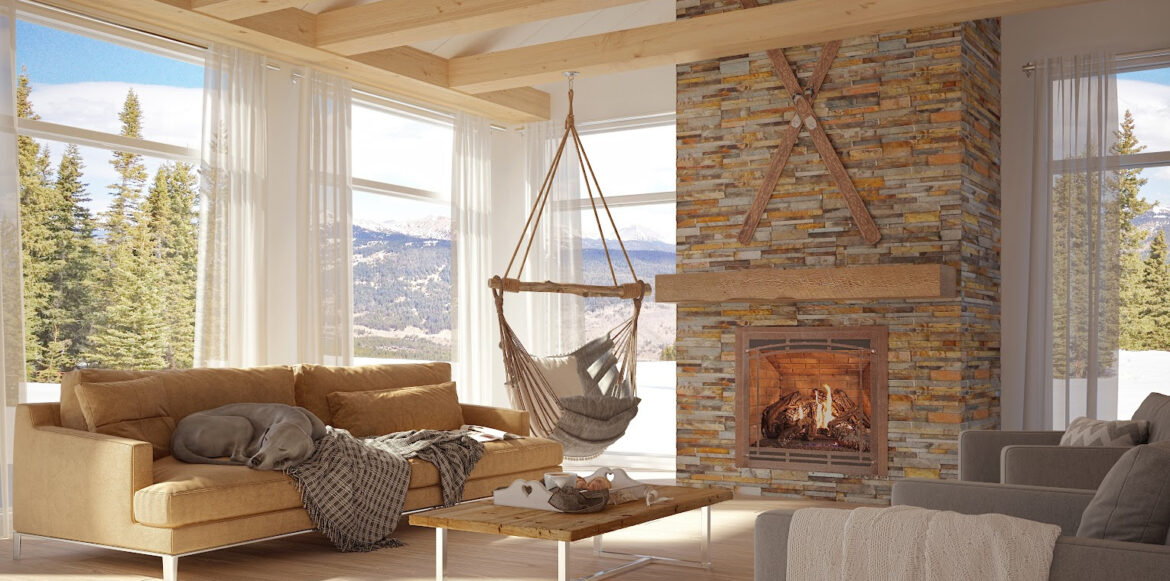
Gas Fireplace Intrigue by Ambiance with an Ambiance Mantle Rough Sawn Beam
ADDED VALUE
When working on their fireplace, people often tend to spruce up the surrounding area also. Consider a new set of doors for the fireplace. There are beautiful upgrades for gas and wood-burning fireplaces available. How about a new ‘hearth center’ complete with storage for tools, logs and gloves? If space permits, adding the big-screen TV above the fireplace is very popular today. Bookcases on either side of the fireplace add a custom touch.
Whatever improvements you do, one thing is for sure, refacing your fireplace adds value to your home. Now is the time to get the refacing and upgrading project moving forward. It all starts with a call or email to your experienced WE LOVE FIRE® dealer.
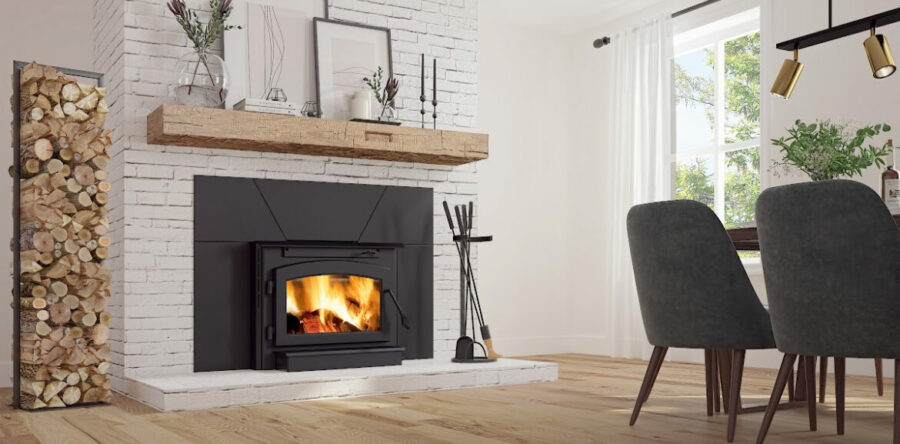


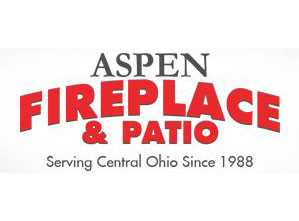
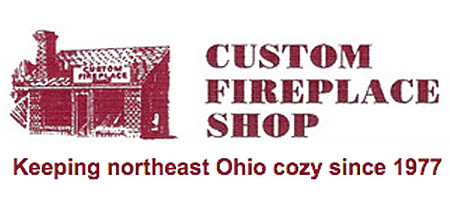





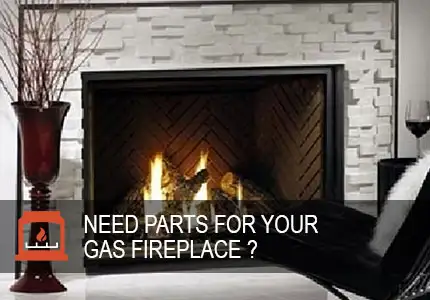
0 Responses